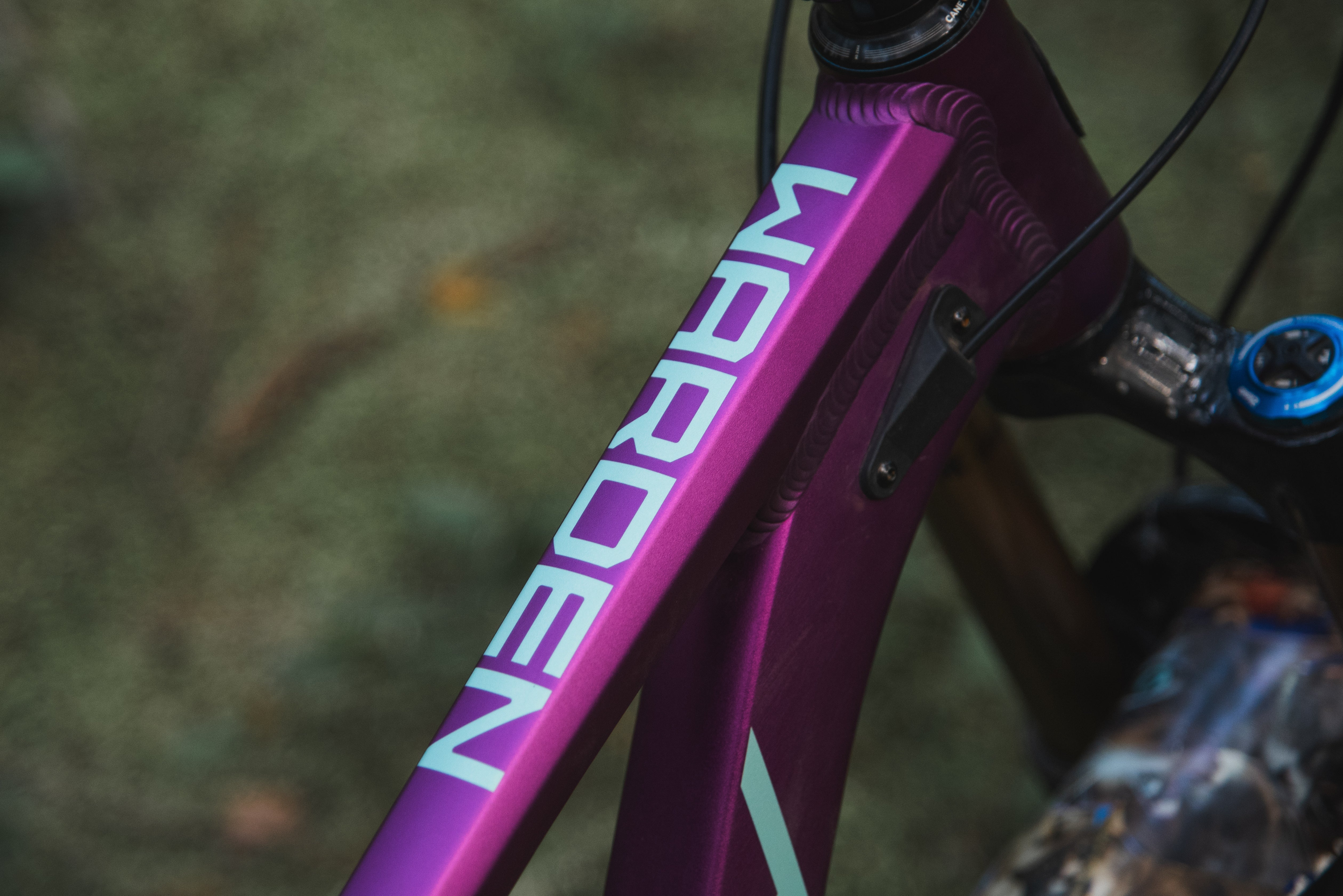by Noel Buckley
A customer recently started an interesting discussion about the purpose of a derailleur hanger. Is it meant to save your derailleur or save your frame? Here’s Noel’s take on the topic; he begins this post in relation to a story about kids’ bikes.
A close friend of mine purchased two bikes for his kids last month, both about $700-800 retail. This past weekend, both kids (ages 8 and 11) ripped off their derailleur hangers and sucked their rear derailleurs into the wheel, trashing both the hanger and the derailleur. I was disappointed because these parts were so poorly made for such a critical area of the bike frame. And although the parts are $20 stamped hangers and $40 retail derailleurs, regardless of cost, the kids ended their ride for the day.
When we started making bikes, every frame had its’ own hanger design and those of you who had original V-tachs, Deliriums, or Endorphins know that the hanger was about 1/4 - 3/8" of 7075 aluminum. They almost NEVER bent. In fact, they were quite well known for destroying lots of derailleurs. But until that point, the rear derailleur stayed perfectly aligned which is a lot more than I can say for 99% of the stamped or even crappy "one bolt" machined clamped hangers that continue to be found on bikes costing a lot more than $700-800. So, when we launched the Chilcotin in 2011, a completely new hanger philosophy was developed. The idea was that the hanger would be RIGID all of the time, until it was broken. We changed the way that the derailleur clamped and bolted to the frame. They are still made out of 7075 aluminum, are incredibly strong and the hanger is designed to stay aligned for 99% of the hits it takes.
So, when we launched the Chilcotin in 2011, a completely new hanger philosophy was developed. The idea was that the hanger would be RIGID all of the time, until it was broken. We changed the way that the derailleur clamped and bolted to the frame. They are still made out of 7075 aluminum, are incredibly strong and the hanger is designed to stay aligned for 99% of the hits it takes.
However, at a certain point it could break. We don't want customers smashing multi-hundred dollar rear derailleurs because the hanger won't bend. But we also don't want the hanger bending a small amount and the shifting going out of index, or worse letting the rear derailleur get sucked into the rear wheel. Despite all of the bitching online, modern drivetrains are quite reliable and robust. Two years ago, I remember sliding off of a skinny plank and about 80KG of my weight fell onto my Shimano XT Di2 rear derailleur cage. I was thinking, "Oh Sh!t, there goes that expensive, electronic rear derailleur"! But instead, I just shifted the trigger shifter, the clutch reset, and it was good to go. Amazing! So, we've kept the same philosophy for the past decade with hangers. They have to be good enough to stay aligned for about 98-99% of the hits it will take. And if you hit it really hard, it should snap and you'll need to replace it. It's a high quality approach that perhaps isn't obvious at the outset. But when you see the hanger - which at first glance looks really quite simple - you'll notice that its’ 3D contoured and designed as an "L" profile to strengthen it laterally. This means it’s machined out of a relatively thick chunk of aluminum and hence why its’ cost is on the upper end of CNC derailleur hangers. Our derailleur hanger has worked so successfully that the only change it has had in 9+ years has been to change the thread pitch from M12 x 1.5 to M12 x 1.0 as we have moved from our own rear axles to using DT-Swiss RWS axles.
So, we've kept the same philosophy for the past decade with hangers. They have to be good enough to stay aligned for about 98-99% of the hits it will take. And if you hit it really hard, it should snap and you'll need to replace it. It's a high quality approach that perhaps isn't obvious at the outset. But when you see the hanger - which at first glance looks really quite simple - you'll notice that its’ 3D contoured and designed as an "L" profile to strengthen it laterally. This means it’s machined out of a relatively thick chunk of aluminum and hence why its’ cost is on the upper end of CNC derailleur hangers. Our derailleur hanger has worked so successfully that the only change it has had in 9+ years has been to change the thread pitch from M12 x 1.5 to M12 x 1.0 as we have moved from our own rear axles to using DT-Swiss RWS axles. 
Can a Knolly derailleur hanger save your frame?
Posted by admin on


